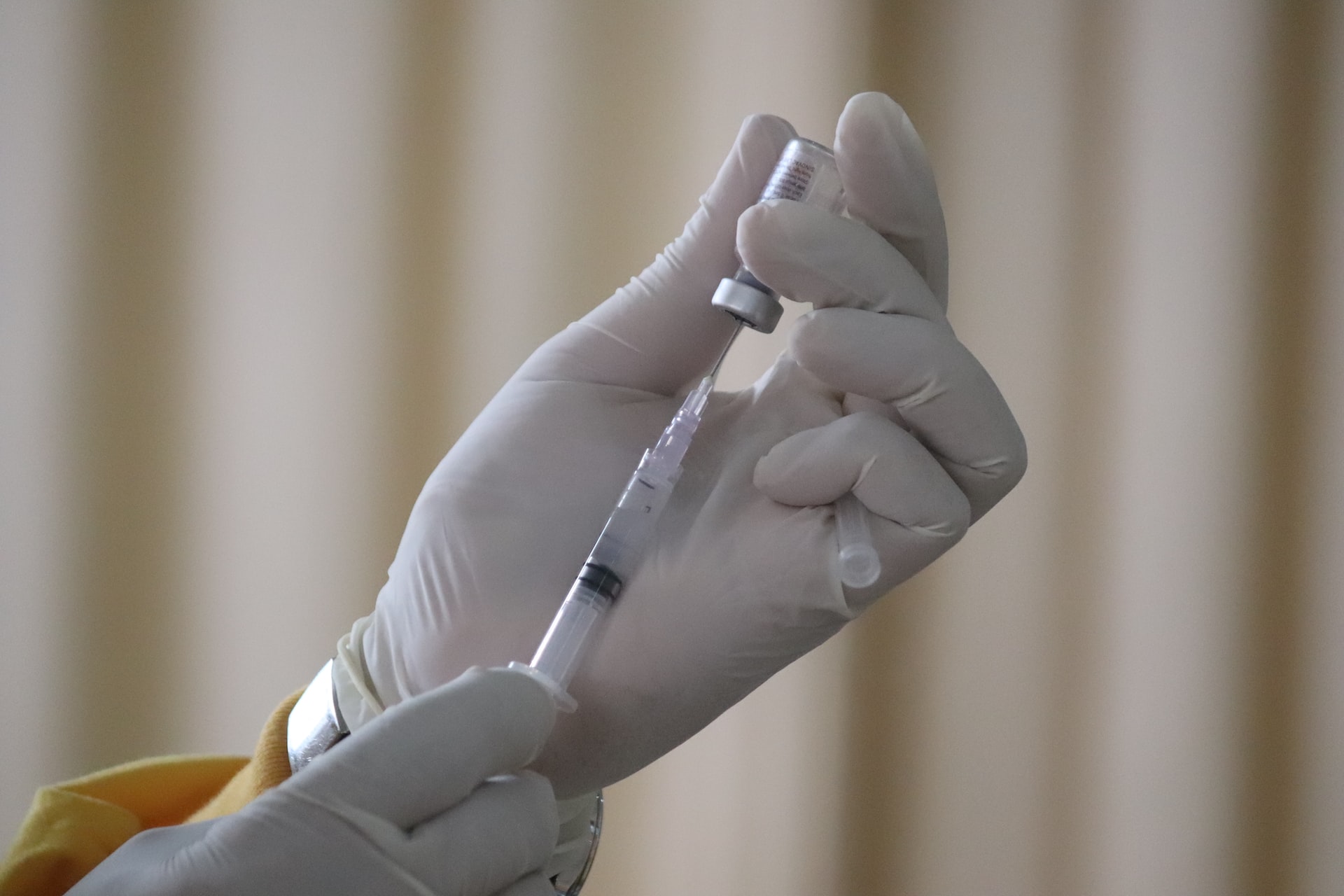WHO Touts Sustainability of mRNA Vaccine Production as Samsung Biologics Expands Capabilities
On Oct. 10, experts from the World Health Organization, South Korea, and the pharmaceutical industry convened for a panel discussion on the sustainability of mRNA vaccine production, a cornerstone of Samsung’s manufacturing operations. The panel, organized by the Global Health Centre at the Geneva Graduate Institute in partnership with the Republic of Korea’s permanent mission in Geneva, gave experts a platform to chart a possible course forward for mRNA technology following its demonstrated success in COVID-19 vaccines, with the goal of outlining potential benefits of utilizing mRNA vaccine production for low- and middle-income countries.
“The big advantage of mRNA is that, in theory, you can make many vaccines with that technology — you can make flu vaccines, possibly chicken pox vaccines, herpes zoster vaccines, [tuberculosis] vaccines, possibly even HIV vaccines,” said Martin Friede, coordinator for vaccine research at WHO.
Friede explained that, unlike traditional vaccine production methods, which require growing specific viruses in cells or chicken eggs, mRNA vaccine production methods can be easily adapted to make vaccines for a variety of applications as needed, and production can be scaled relatively quickly and inexpensively.
This flexibility and scalability is precisely what led contract development and manufacturing organization (CDMO) Samsung Biologics to construct a new end-to-end mRNA vaccine production suite at its facilities in Songdo, South Korea, in 2022. In line with the panel’s discussion, the facility’s first project involved producing a COVID-19 vaccine candidate for GreenLight Biosciences, which is focused on providing vaccines to low-income countries.
“We are delighted to partner with GreenLight to leverage our expertise in manufacturing a messenger RNA COVID-19 vaccine candidate to better serve patients in lower income countries,” said Samsung
Biologics CEO John Rim in a statement on the partnership. “This collaboration demonstrates a major milestone for Samsung Biologics as we will commence our expanded capabilities and operations to provide one-stop, end-to-end messenger RNA production from drug substance to aseptic fill/finish to commercial release, all from a single site. At this time of urgent global demand, we will strive for seamless service across our biomanufacturing network to fight the COVID pandemic and in turn, help make progress toward Korea’s vaccine hub goal.”
Korea’s Biohub
Samsung Biologics has played a central role in the Republic of Korea’s ascension as a biotechnology hub, and mRNA vaccine production looks to be an important piece of continuing progress on this front.
The CDMO is one of a small number of biopharmaceutical companies with expertise in end-to-end mRNA vaccine production, and the South Korean government is also supporting innovation in mRNA. At the panel discussion, Ambassador Jung Sung Park, deputy representative from the Permanent Mission of the Republic of Korea in Geneva, explained that WHO has partnered with the Republic of Korea to establish a biomanufacturing training hub in the country, where people from low- and middle-income countries will be trained in mRNA vaccine production and the production of other biologics such as insulin, monoclonal antibodies, and cancer treatments.
“My country is determined to support low- and middle-income countries in strengthening their biomanufacturing capacities so that we can pave the way toward a safer and more secure world when encountering health crises,” said Park.
Benefits and Challenges of mRNA Vaccine Production
As one of the leading CDMOs with mRNA vaccine production capabilities, Samsung Biologics has studied the benefits and challenges of producing vaccines efficiently and at large scales. Understanding these benefits and challenges will be essential to establishing sustainable mRNA vaccine production practices across the world.
For example, in a recent Q&A, Samsung Biologics’ Pierre Catignol, executive vice president and head of manufacturing, and Huisub Lim, lead scientist of mRNA manufacturing, explained that mRNA vaccine production requires expertise across a range of processes, including in vitro DNA transcription, lipid nanoparticle (LNP) production, and cold chain storage. Each of these processes requires dedicated facilities and personnel, and the industry is still evolving.
“From a technical standpoint, the processes associated with mRNA manufacture generally are still new; this is pioneering work,” they explained. “MRNA is a highly promising technology, but it has a lot of unexplored elements that require additional study. In addition to being complex to manufacture, mRNA products can be costly to produce. These costs derive, in part, from cold chain challenges and high-priced raw materials. Regarding mRNA synthetic processes (in vitro transcription and capping), patented substances, such as RNA CleanCap reagent, can be costly. In the case of LNPs, the price of lipids occupies a high percentage of [cost of goods sold. Dose optimization continues to be challenging, as well.”
Nevertheless, Lim and Catignol are optimistic about the future of mRNA vaccine production.
“The global mRNA vaccines and therapeutics market is forecasted to grow steadily in the next few years. This is largely because mRNA can create therapeutics based on a novel mechanism of action (MoA) for applications that cannot be targeted by existing antibody platforms (e.g., gene editing, targeting of intracellular protein or pathogens, etc.). MRNA technology also is conducive to highly specific molecular designs and functionalities, giving it the potential to achieve greater efficacy than traditional drugs by addressing the underlying causes of disease.”
Samsung Biologics’ recent completion of its first commercial-scale run of mRNA vaccine candidates for GreenLight is a good example of how effective mRNA vaccine production can be, particularly in terms of rapid scalability. The project moved from technology transfer to commercial-scale production in just seven months, with a titer of 12g/L at commercial scale producing 650 grams of mRNA. All aspects of the project, from mRNA drug substance production to LNP encapsulation and aseptic fill/finishing, were completed at a single facility, speeding up the process and reducing risk of degradation from transport of materials.
As the WHO and others look to implement sustainable mRNA vaccine production processes in low- to middle-income countries, this end-to-end model could be an effective guide.

